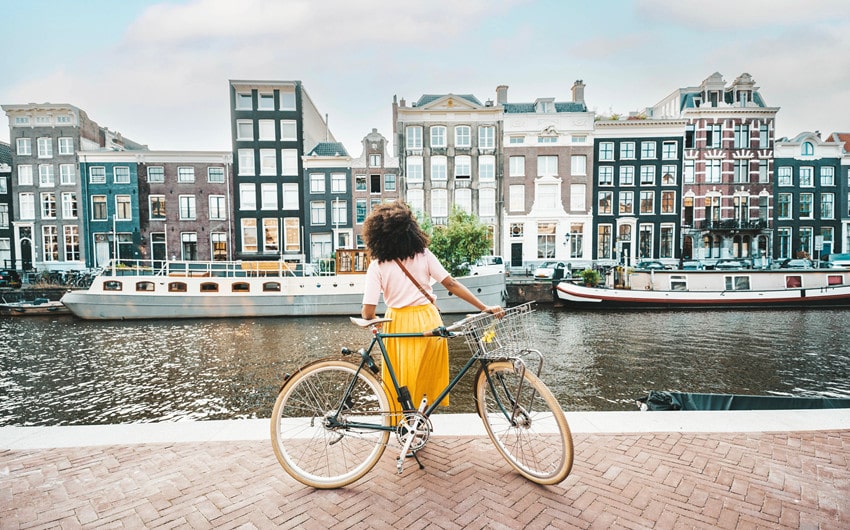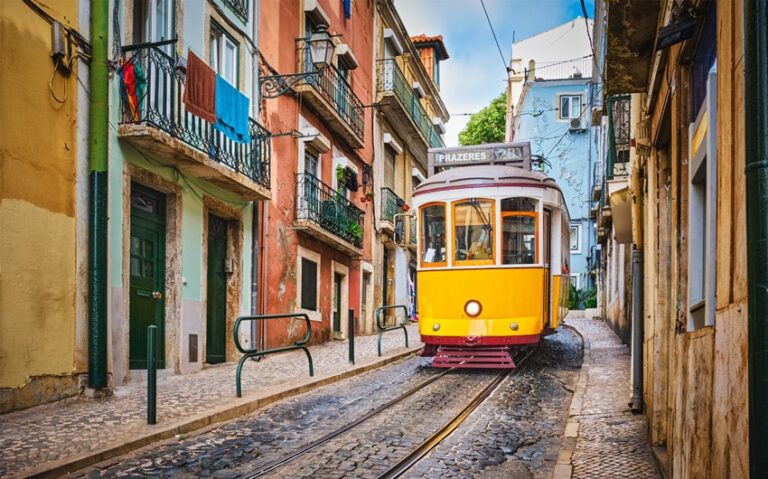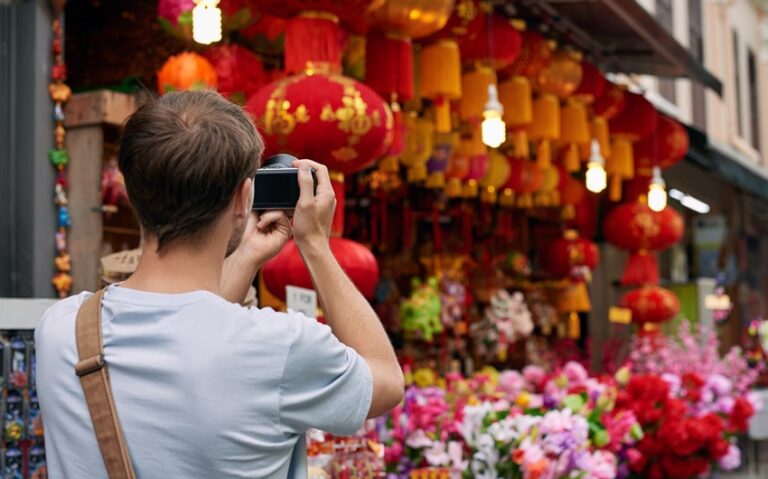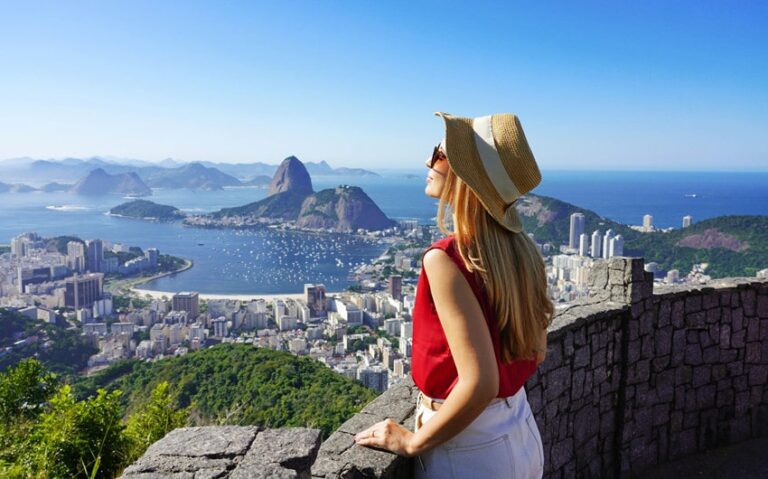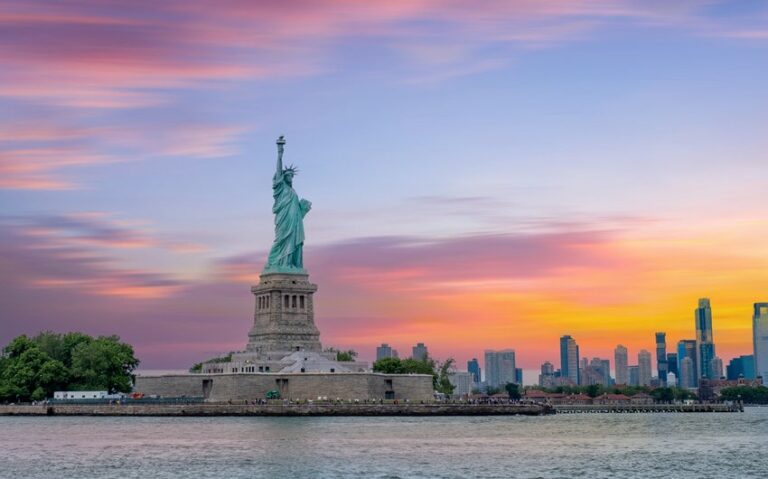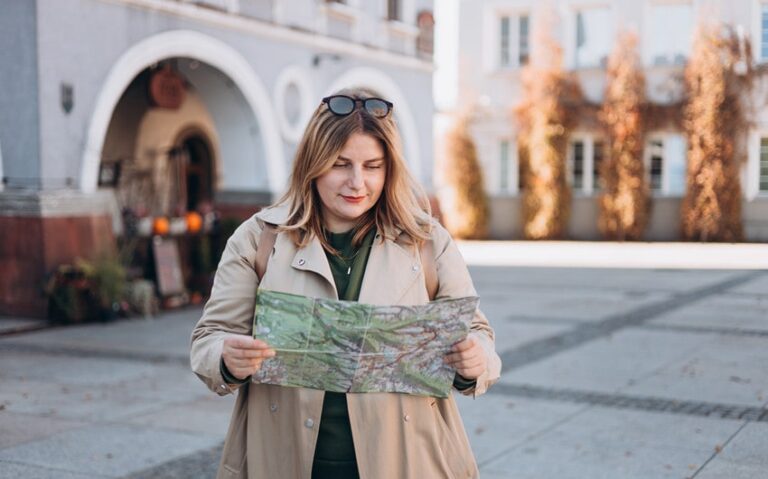How Travel Taught Me to Notice the Invisible in Life
Before I started traveling, I rushed through life without noticing much beyond what was right in front of me. I stuck to routines, passed by strangers, and rarely paused long enough to see the small things. But something shifted along the way.
In unfamiliar places, I began to slow down. I started to notice the way people spoke with their hands, how light changed a room, how quiet could feel full. That’s how travel taught me to notice the invisible—by opening my eyes to everything I once overlooked.
The Noise of the Familiar
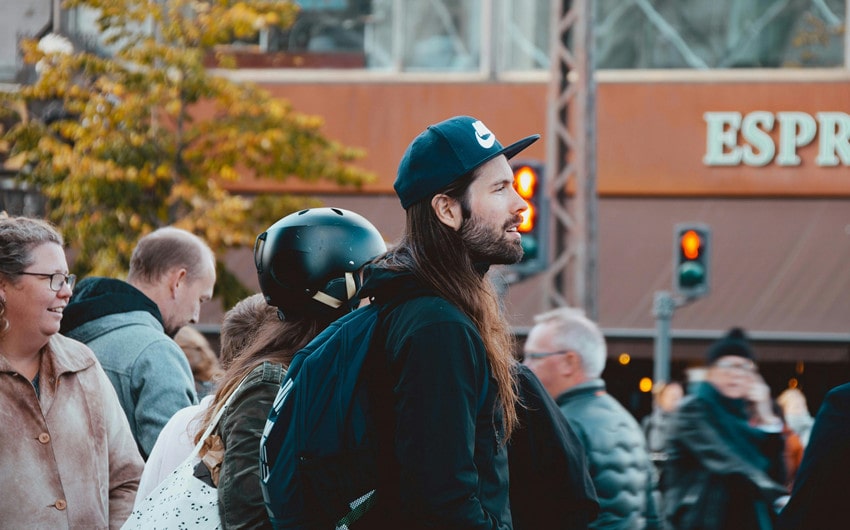
There’s a kind of blindness that comes with routine. When we move through the same spaces every day, we stop paying attention. The streets we walk, the people we pass, the colors, sounds, and smells—they all blur into the background. Our brains label them as unimportant because they’re known, predictable, safe. The noise of the familiar drowns out the details.
At home, it’s easy to tune out. We’re focused on to-do lists, notifications, getting from point A to B. Even when we think we’re observing, we’re often seeing just enough to function. But that’s not the same as really noticing. And for a long time, I didn’t realize how much I was missing.
The Early Days of Travel: Seeing Only the Obvious
When I first started traveling, I fell into the common trap: I focused on the big stuff. Famous landmarks, popular restaurants, Instagram-worthy views. I followed guidebooks, checked boxes, and told myself I was seeing the world. But in reality, I was only scratching the surface.
I was so caught up in the excitement of new places that I missed the quieter things—the mood of a local market at closing time, the way people gather on a stoop to talk, the scent of laundry drifting from a balcony. These weren’t on any itinerary, so I didn’t pay them much attention. At the time, I didn’t know that the soul of a place often lives in what doesn’t shout for your attention.
Only later did I realize that real travel begins when you stop trying to “see everything” and start letting the place speak to you. It’s not about ticking off sights. It’s about noticing what’s quietly there, waiting.
Learning to Observe the Unseen
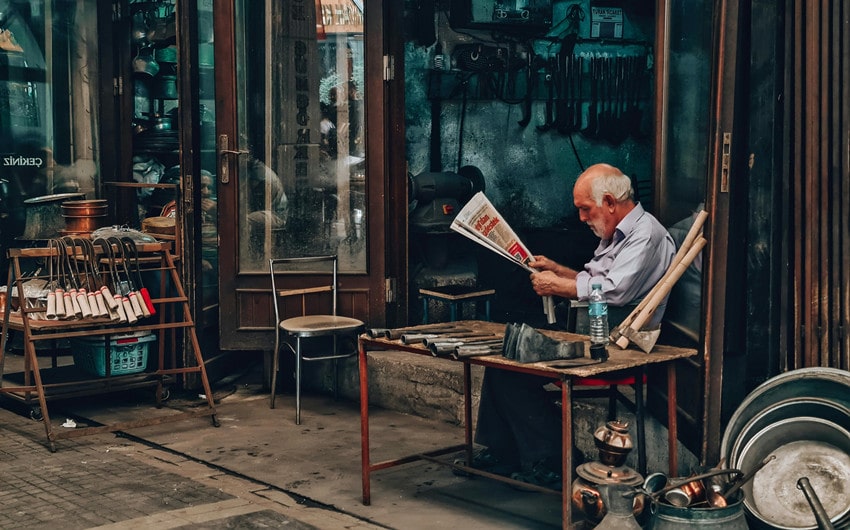
Over time, my way of traveling changed. I stopped rushing, stopped chasing only what guidebooks and blogs told me to look for. I began to sit still more, to walk with no set destination, to listen without always needing answers. And slowly, something shifted: I started to notice the quiet layers of a place—the things that don’t show up on a map.
I noticed how a city breathes in the early morning, when shops are still closed and the streets belong to street sweepers and old men with newspapers. I saw how colors change with the light, how buildings wear age like a second skin, how weather shapes the mood of a neighborhood.
The little things—faded signs, worn doorsteps, scraps of conversation—started to catch my attention. They were easy to miss before, not because they weren’t there, but because I wasn’t really present. Travel taught me to slow down, to look closer, to stay curious. That’s when the unseen began to reveal itself—not with noise, but with quiet honesty.
The People Behind the Places
Every destination has its postcard moments, but what stays with me most are the people. Not always through deep conversations, but often through the smallest glimpses of their lives. A vendor carefully arranging fruit before sunrise. A child pressing their face to a window. A grandmother sweeping her front step with deliberate care. These are the human details that often go unnoticed—but they are the heart of any place.
When I started to pay attention to people—not just talk to them, but observe them with care and respect—I began to understand places differently. A culture isn’t just festivals or food; it’s the gestures between friends, the way someone holds a cup of tea, the rhythm of daily life. These aren’t things you can Google. You have to be there, to witness, to feel.
I also learned that the most powerful moments don’t always come from grand connections. Sometimes, it’s a quiet nod from a stranger or a shared smile on a bus that lingers the longest. The people behind the places don’t need to say much. You just have to be willing to notice them.
Nature’s Subtle Cues
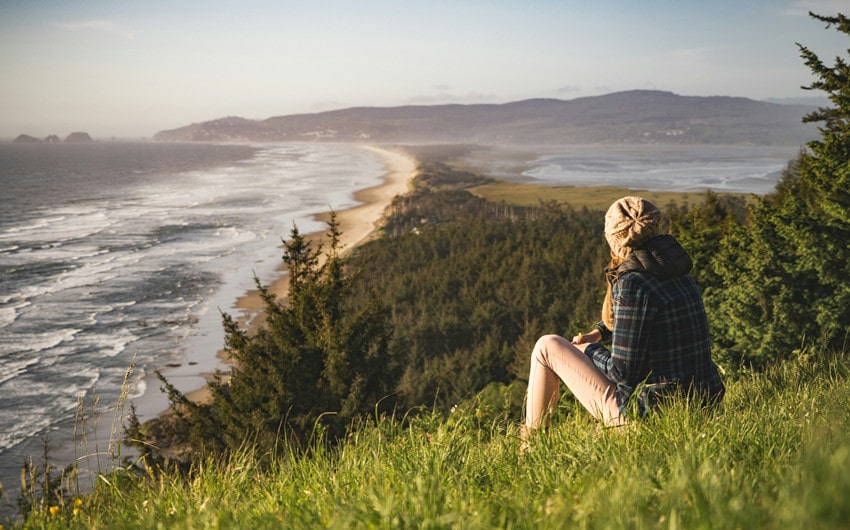
Nature has its own language—one that doesn’t shout, but whispers to those who are paying attention. Before travel slowed me down, I barely noticed it. I would hike a trail just to get to the top, or sit by the ocean without really watching the waves. But in unfamiliar landscapes, far from screens and schedules, I began to notice how nature speaks in details.
I learned to read the wind—not just as a feeling, but as a sign. I saw how birds would go quiet before a storm, how the air would shift before the rain came. I started noticing how moss always grows on the shady side of trees, how flowers open at different times of day, how even silence in a forest is filled with meaning.
There’s a kind of attentiveness that wild places ask of you. You can’t rush through them the way you rush through a city. You have to move at their pace. You have to be still. And in that stillness, you realize how much has always been there, waiting to be seen. Nature doesn’t perform; it reveals. But only if you’re watching closely.
Bringing That Awareness Back Home
The biggest shift happened when I came back home—not just from one trip, but from many. I expected the usual return: a flood of photos, some nostalgia, then a slide back into routine. But something had changed. I started noticing things I’d never paid attention to before, right in my own neighborhood.
I noticed how the light looked different at 7 a.m. compared to 5 p.m. I saw the way the barista at my local café greeted regulars with tiny rituals. I paid attention to cracks in the sidewalk, the smell of laundry from someone’s open window, the rhythm of conversations on the train.
That travel-trained awareness didn’t fade—it followed me home. It reminded me that I didn’t have to be somewhere far away to notice the invisible. I just had to slow down. I had to look.
In a way, the world became bigger by becoming more detailed. The everyday became more interesting. And now, even when I’m standing still, I know I’m still exploring—just in a different way.
